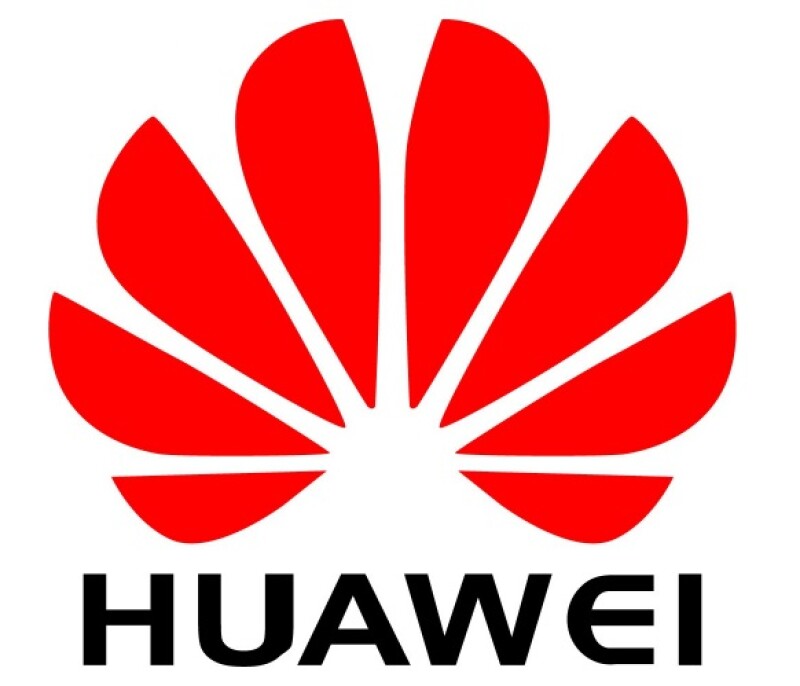
|
Despite China's prodigious trade mark filings, Huawei was the only brand listed in InterBrand Global 100 list |
If you guessed China, you would be correct. Given its much discussed position as the world’s patent filer, this may not be particularly surprising. However, the China Trademark Office’s (CTMO) position as the world’s busiest trade mark office is still worth noting, if in part for the sheer volume involved.
According to the World Intellectual Property Indicators report published by WIPO today, the CTMO had a class count of 1.88 million in 2013 (Many parts of the report count an application multiple times for each class it covers in order to harmonise the data, as some countries do not allow for multi-class applications).
The office in second place is the USPTO with a class count of approximately 486,000, roughly one fourth of China’s. OHIM came in third with slightly less than 325,000 and France was fourth with nearly 300,000.
If we look at trade marks registered, China holds a similar lead with approximately 1.02 million in 2013. OHIM is second with less than 281,000 and the US is third with approximately 275,000.
By contrast, SIPO had slightly more than 825,000 patent applications, while the US was in second place with nearly 572,000. Japan had more than 328,000, while Korea was in fourth place with more than 204,000.
What is it good for?
Thus, if China is winning the so-called patent filing war, then it has routed the opposition when it comes to trade mark filings. However, much like how there are still questions about the significance of China achieving its goal to be the world’s biggest patent filer, it is unclear what it means to be the biggest filer and granter of trade marks.
For example, despite the fact that one of stated goals in China’s National IP Strategy was to support and nurture world-renown Chinese brands, it is unclear whether it actually succeeded on this point. In the past few years a few brands have built up an international reputation, but for the most part Chinese brands still appear to be punching below their weight. For example, Interbrand’s list of the 100 most valuable brands has only one Chinese company, with Huawei listed at 94.
Drilling down slightly into WIPO’s data partially confirms this: only 5% of filing activity (by class count) originating from China was directed internationally. By contrast, 46% of US-based filing activities was directed abroad, meaning that US filers made approximately 130,000 more applications than China by class count. Other countries with strong brands, such as the UK (40%), Switzerland (75%) and Italy (38%) are similarly internationally focused.
Some may say that China’s ambitions to nurture internationally prominent brands are a two-step process; first you come with the numbers and then you work on the quality. Indeed, this appears to be the approach that it has taken with patents, as it began a pivot last year to focus more on quality rather than just mere numbers. That said, it is unclear whether this is working for trade marks; WIPO’s report points out that China’s class count was already double that of the US’s as far back as 2004.
Thus, while brand building may be a slow process, it seems like Chinese companies may need some more time.
Highlights and tidbits from the 2014 World Intellectual Property Indicators report |
Madrid users' attitude towards to initial class designations, North Korea’s surprisingly busy patent office, and other interesting data points from the WIPO report:
|









